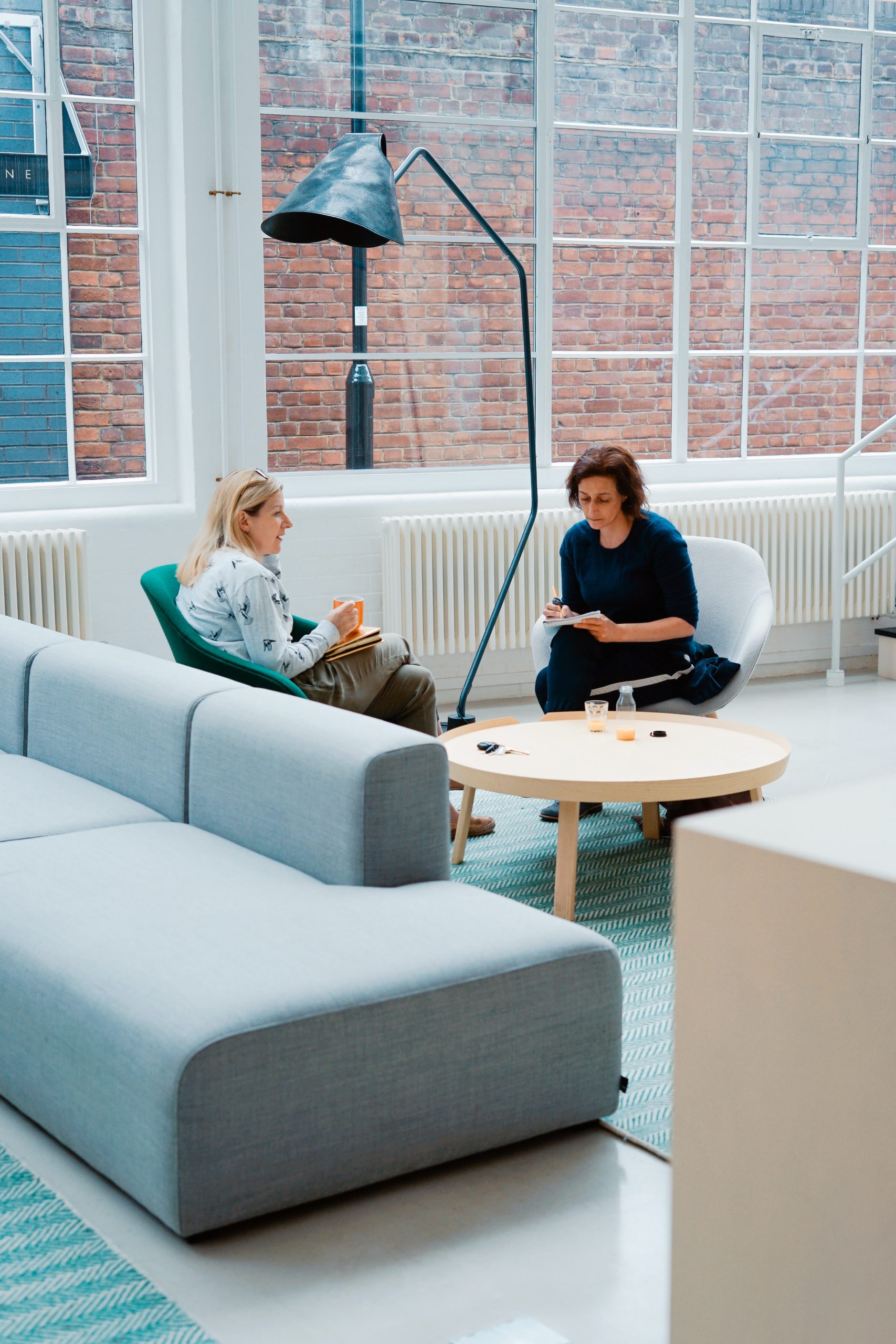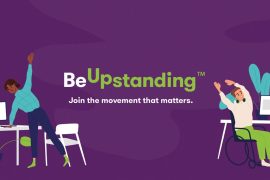The BeUpstanding program is about supporting desk-based workers to sit less and move more. However, sitting and moving behaviour at work is influenced by a lot of different things besides individual preferences, including job roles and tasks, the social environment (including whether other people are regularly up and about), policies (such as flexible work hours), and the physical environment (such as access to safe and well-lit stairs). To be able to design effective strategies to encourage desk-based workers to ‘sit less and move more’, there is the need to not only understand what factors influence sitting and activity time at work, but also their availability within workplaces. For example, it is not much use designing an intervention around centralising printers if nearly all workplaces have already done that, or have gone paperless.
What did we do?
As part of the BeUpstanding program, we ask workplace champions to complete an audit of their workplace. The audit asks about the presence (or not) of a range of factors to support sitting less and moving more. We recently published an article reporting on the audit findings from 291 champions (representing 230 organisations) who had completed the workplace audit. We looked at the prevalence of activity-supporting factors (i.e., how often they were reported), both overall and by type of factor (spatial, resources / initiatives, policy / cultural). We also examined whether or not the factors could be considered “easy wins”, defined as both modifiable and low/no cost, and if there was any differences by selected key sectors (public sector, small-medium enterprise, blue-collar, and regional/remote Australia).

What did we find?
We found that the number of supportive factors for sitting less and moving more differed widely between workplaces, with public sector workplaces more likely to have supportive characteristics. Spatial characteristics, like the office layout and facilities for physical activity and reducing sitting time, were more common than resource (e.g., information) or policy characteristics. Importantly, the characteristics absent in most workplaces were likely to be “easy wins”, and almost all workplaces had some room for improvement.
What does this mean?
By knowing what supportive factors are likely to be present, we can design interventions that can leverage off these existing assets. Conversely, by knowing what factors are commonly absent, we can design resources and supports to help workplaces include these elements in their workplace – particularly given many of them were identified as “easy wins”. Examples of such easy wins include creating policies that support staff to be active at work, providing information about sitting less and moving more (e.g., through information sessions or staff inductions,) and visible prompts to encourage activity throughout the working day.
Interested? You can read the full article for free here. How does your workplace stack up?
![]()










Comments are closed.